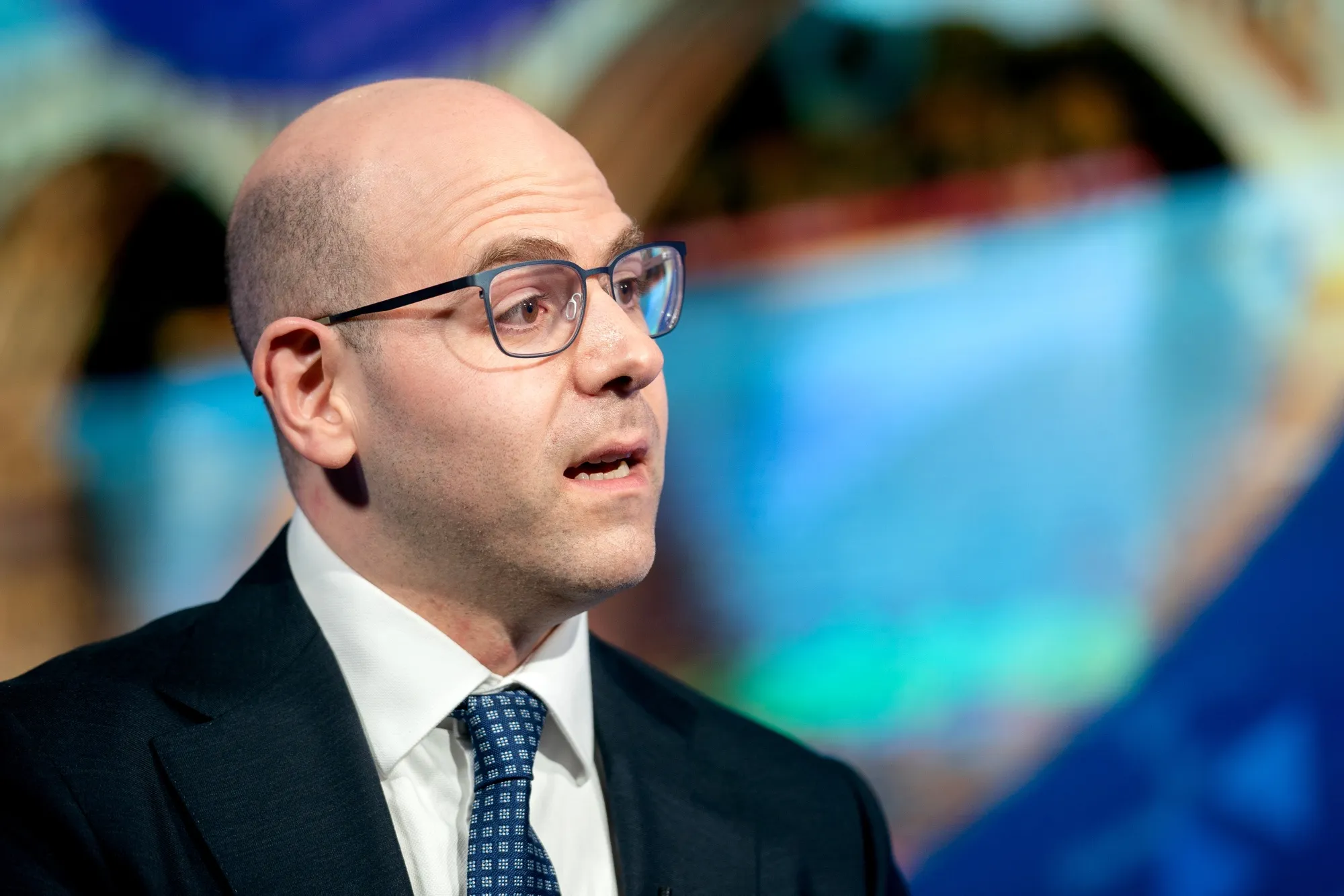As U.S. President Donald Trump pushes forward with a bold and controversial trade agenda, one economist is emerging as a key force behind the strategy: Stephen Miran, a policy heavyweight whose ideas have quietly redefined America’s global economic posture.
Miran, who was appointed chairman of the Council of Economic Advisers (CEA) in December 2024, is far from a traditional policy voice. With a doctorate in economics from Harvard and a background that straddles both academia and high-stakes finance, he has helped shape one of the most aggressive trade strategies seen in decades.
A Strategic Shift in Trade Thinking
At the heart of Miran’s economic playbook is a radical rethinking of how tariffs can serve U.S. interests not merely as tools of revenue, but as instruments of strategic leverage. Speaking recently at the Hudson Institute, Miran challenged conventional wisdom, claiming that many economists rely on outdated models that fail to capture the persistent realities of trade deficits.
“Most economic theories assume trade deficits are temporary and self-correct through currency fluctuations,” he explained. “But that doesn’t reflect today’s global economy.” Miran has been particularly critical of how the overvaluation of the U.S. dollar, as a global reserve currency, has put American manufacturers at a long-term disadvantage.
Foundations in Academia and Finance
Miran’s path to the White House began long before his public service. After graduating from Boston University with a triple focus in economics, philosophy, and mathematics in 2005, he pursued a PhD at Harvard University, where he studied under famed economist Martin Feldstein, who once led the CEA during President Reagan’s tenure.
Before entering government, Miran was a senior strategist at Hudson Bay Capital, a major investment management firm, and later co-founded Amberwave Partners, an asset management firm. He also briefly served at the U.S. Treasury as an advisor on economic policy during Secretary Steven Mnuchin’s leadership in 2020–2021.
Tariffs as a Tool for Industrial Revival
Miran’s ideas on tariffs concentrated in his 2024 research paper, “A User’s Guide to Restructuring the Global Trading System.” In it, he advocates a structured overhaul of trade rules, arguing that tariffs can and should be used to regain industrial ground lost to global competition particularly to China.
According to his findings, the trade conflict of 2018–2019 demonstrated that strategic tariffs could be implemented without catastrophic economic consequences. “During that period, the average tariff on Chinese goods rose by nearly 18 percentage points,” Miran wrote. “Yet the Chinese currency devalued in parallel, mitigating much of the impact.”
He argued that the resulting 4.1% increase in the after-tariff cost of Chinese imports was manageable and, importantly, brought in substantial revenues for the U.S. Treasury.
Driving Trump’s Tariff Agenda
When President Trump launched his sweeping “reciprocal tariffs,” raising duties on Chinese goods first to 104% and then to 125%, Miran stood behind the move. On April 7, as markets reacted sharply to the announcement, the White House cited Miran’s support for the aggressive stance.
“The President is committed to rebuilding the industrial backbone of our economy,” Miran said in a statement. “Our military and financial leadership cannot be taken for granted, and this administration is determined to protect them.”
He further argued that these tariffs are not aimed at punishment, but at confronting unfair trade behaviours such as dumping, foreign subsidies, and currency manipulation that undermine American workers and businesses. If tariff revenues can be redirected to lower domestic taxes, Miran claims, the result will be a competitive boost for U.S. industries.
Betting on American Strength
Despite global backlash and market jitters, Miran remains confident that the U.S. is uniquely positioned to weather a trade war. “The size of our consumer economy and strength of our capital markets gives us leverage that few others have,” he noted. “When it comes to economic standoffs, we’re more likely to outlast our rivals.”
Far from a temporary policy shift, Miran’s influence suggests that Trump’s trade war isn’t a gamble it’s part of a long-term strategy to reposition America as the dominant industrial and economic force on the global stage.


